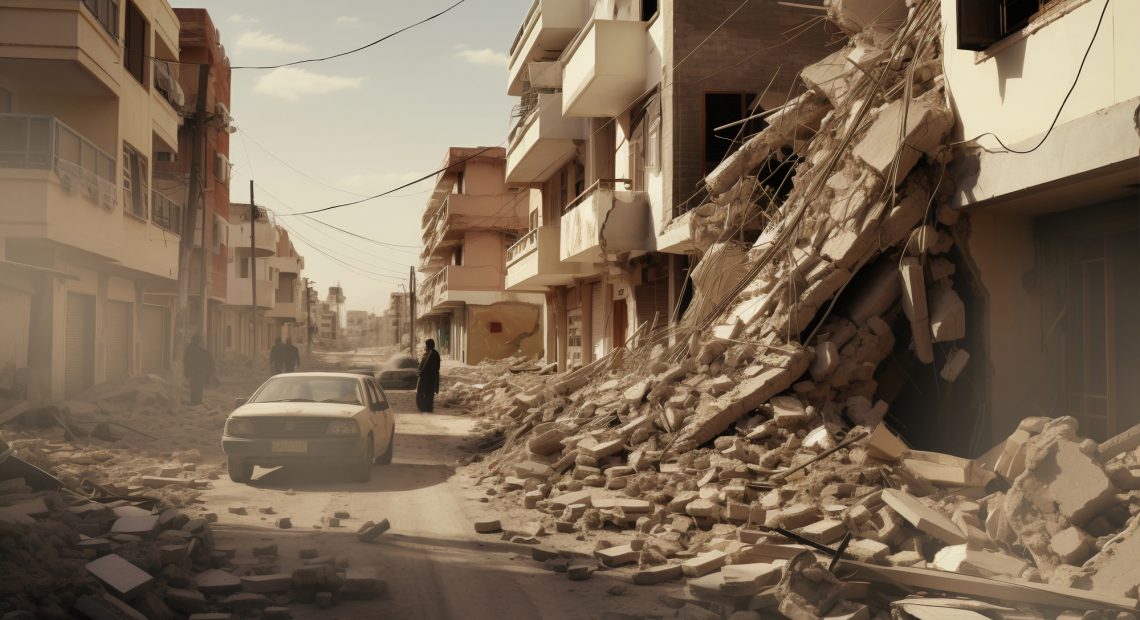
Rescue Efforts Continue Amid Diminishing Hopes After Myanmar Earthquake
Three days after a powerful 7.7-magnitude earthquake devastated central Myanmar, rescue teams continue to battle against time in the hope of finding more survivors. With over 1,600 confirmed deaths and thousands injured, the scale of destruction has overwhelmed emergency services. While there have been occasional miracles, such as the rescue of a woman trapped under debris for nearly 60 hours at the Great Wall Hotel in Mandalay, such instances are becoming rare as the hours pass.
Rescue teams are operating in difficult conditions. Damaged infrastructure, persistent power outages, and a lack of heavy equipment have forced many to clear rubble by hand. The absence of machinery has slowed operations drastically, especially in areas where buildings have completely collapsed.
International Aid and Medical Supply Shortages
Myanmar has received offers of assistance from several countries, with rescue teams and humanitarian aid arriving from neighboring nations. International agencies have also stepped in to support the ongoing relief efforts. However, hospitals remain under immense pressure. Many medical centers are facing shortages of essential supplies like trauma kits, blood bags, and medications. Healthcare workers are overwhelmed, with long queues of injured people waiting for treatment.
The scarcity of medical supplies is exacerbated by the damaged roads and disrupted supply chains, which have hampered the timely delivery of aid. Appeals for additional support have been made to the global community, with a focus on emergency medical relief and shelter materials.
Survivors Struggle Amid Aftermath
Survivors are enduring increasingly harsh conditions. Thousands have lost their homes and are now living in temporary shelters with limited access to clean water, food, and sanitation. Communication networks remain unstable, further complicating coordination among rescue teams and aid agencies. The psychological toll is also becoming evident, as families mourn the loss of loved ones or continue to search for missing members.
In neighboring Thailand, the earthquake’s tremors caused the collapse of a building under construction in Bangkok, leading to multiple deaths and injuries. Search and rescue operations are ongoing there as well.
Conclusion
As hopes fade with each passing day, the focus is shifting from rescue to relief and rehabilitation. The resilience of the people, coupled with continued domestic and international support, will be vital in helping Myanmar recover from this tragedy. The coming days will be critical in addressing immediate humanitarian needs and laying the groundwork for long-term reconstruction.


















